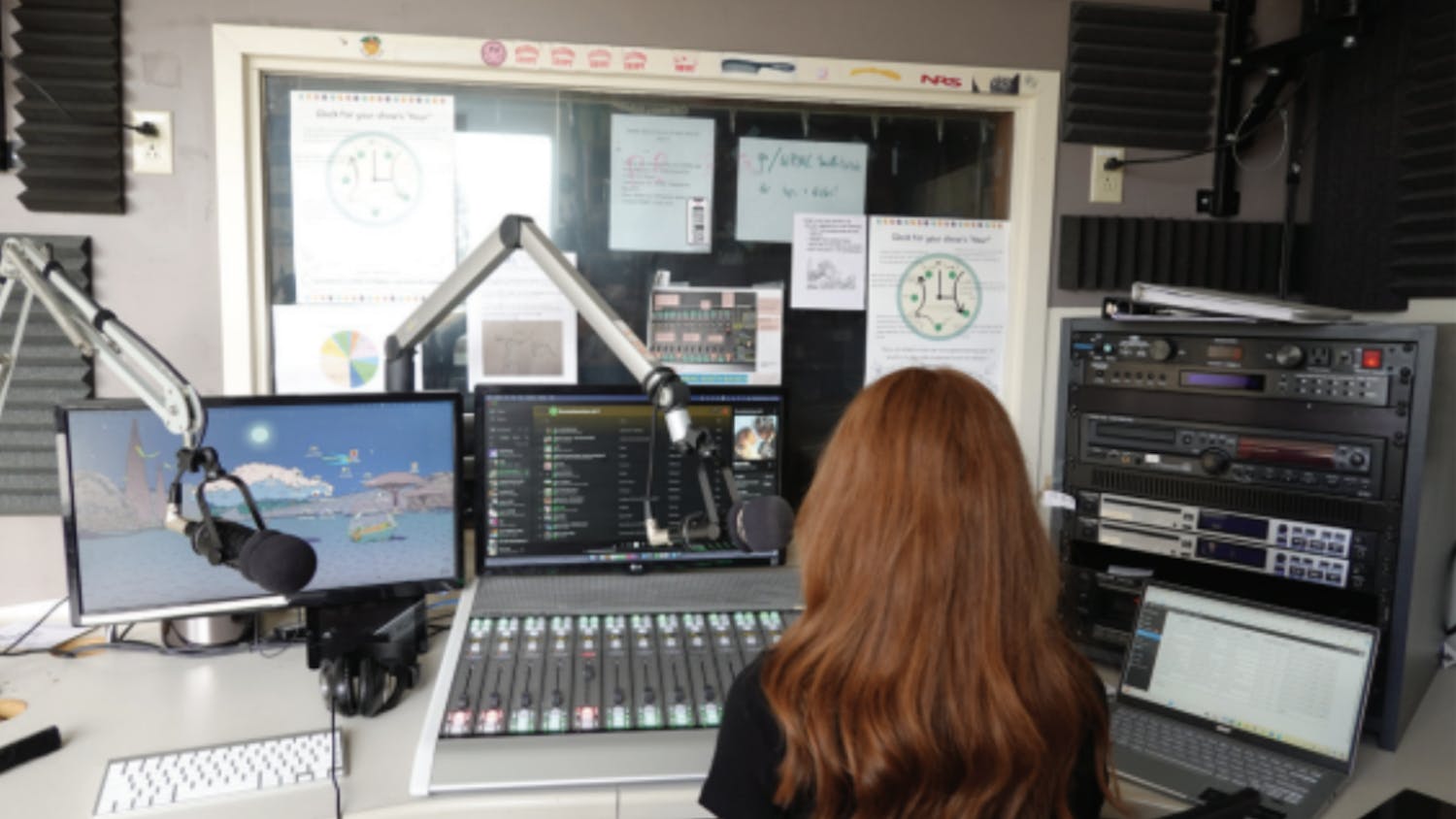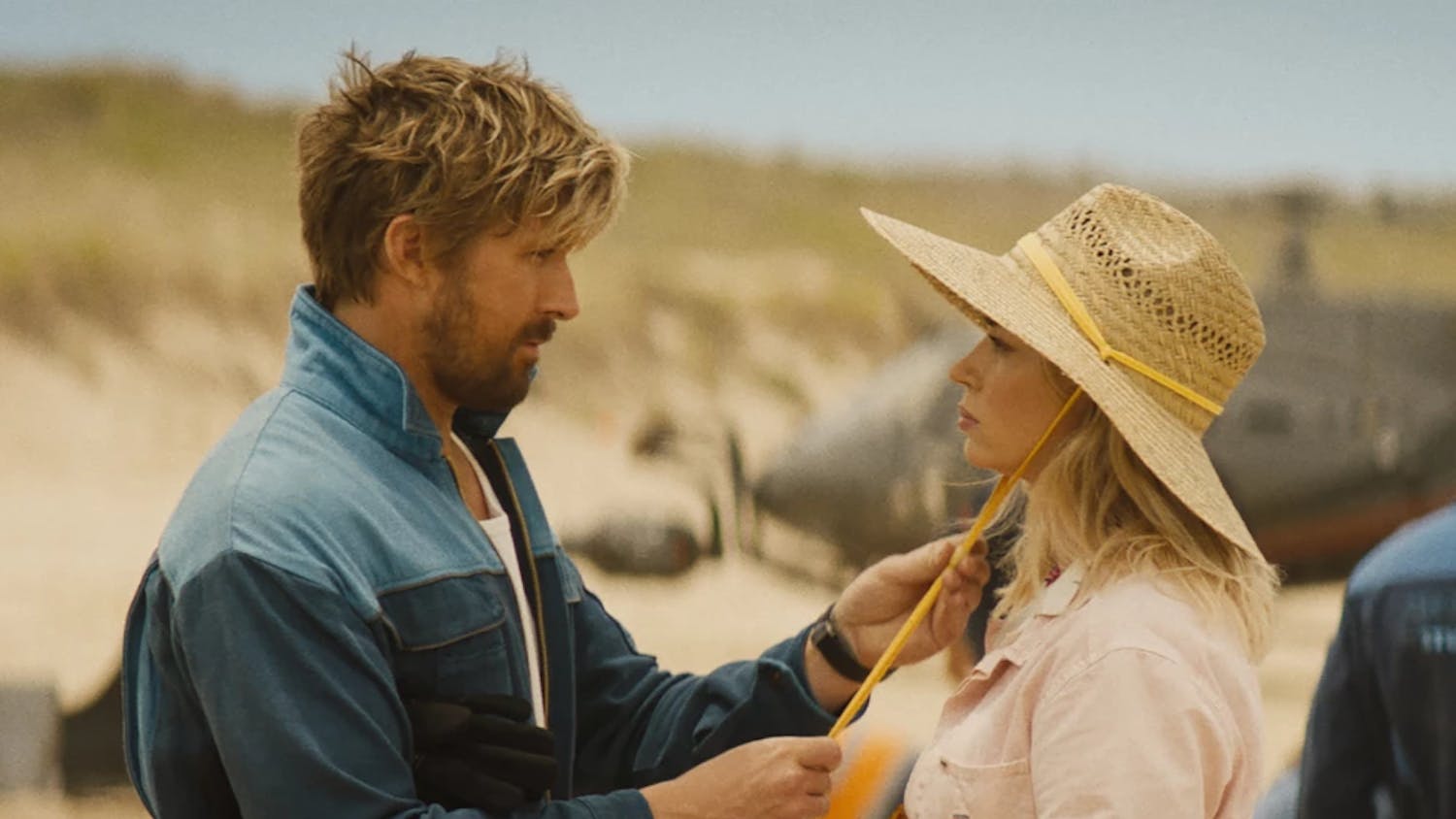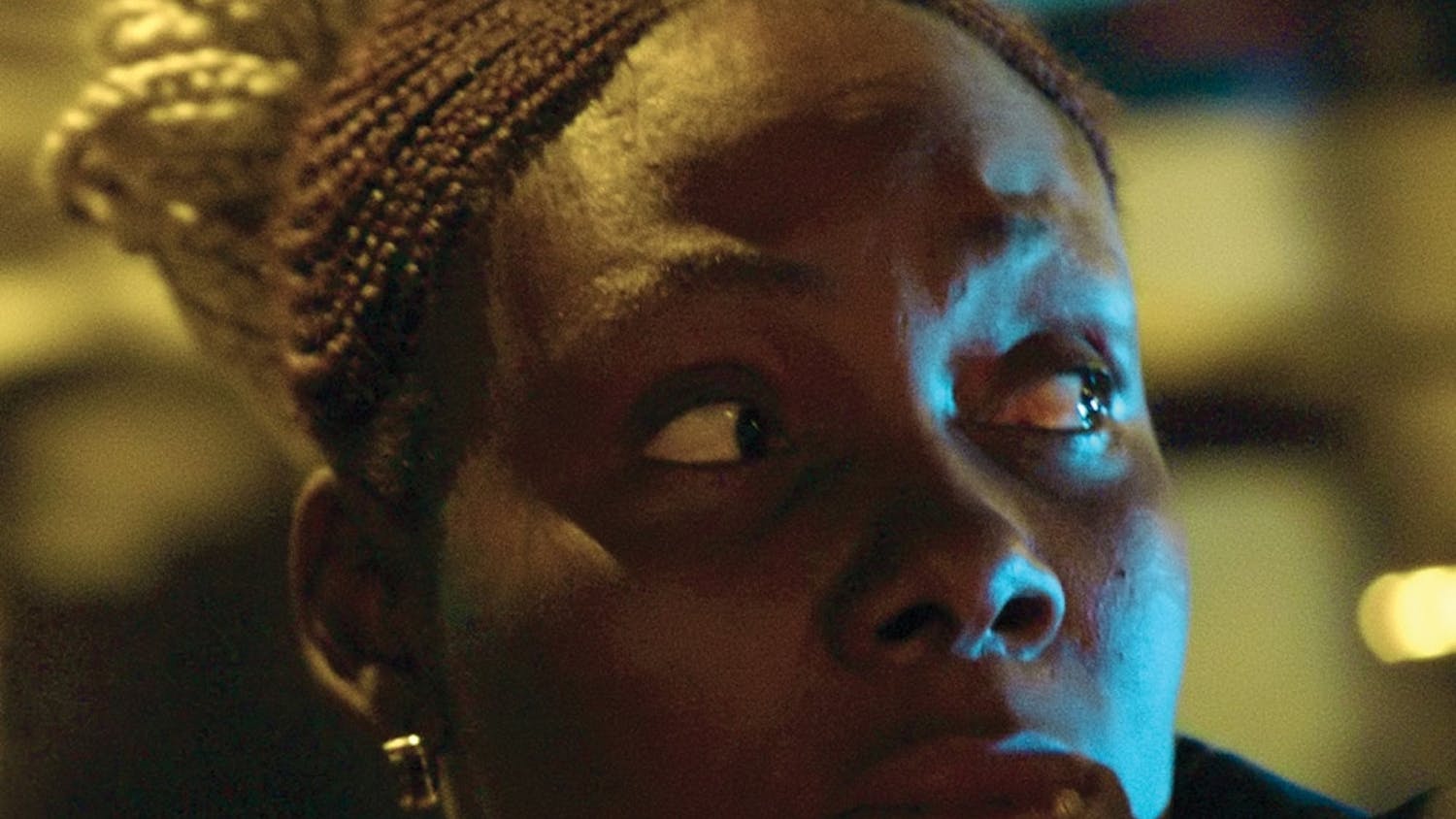Author: Joyce Man
Dick Forman, who began his long, intimate journey with music at a young age by playing classical piano, is a dedicated member of four-man Dick Forman Jazz Group and regularly teaches jazz at Middlebury College and around Vermont. Now, as he embarks on the revival of a project called Sound Investment for student jazz, he takes time out to speak with The Middlebury Campus.
The Middlebury Campus: It seems you have been teaching and coaching jazz for quite a long time. How did your passion for music and jazz begin, and how did it develop with time?
Dick Forman: Starting as a young child back in the Stone Age, I studied classical piano with teacher of the old school. By the time I reached high school, I played in the orchestra, but strained hard to hear what was happening next door in band rehearsals. I began to play Broadway show tunes, both for productions and for family entertainment. By the time I went off to college, I had begun listening to and trying to play jazz. Since then, the process has continued - listening, studying and playing, listening and playing. It's probably the best way to learn how jazz works.
I've also simultaneously done work with jazz singers. I began singing in high school and made it into the National Music Festival choir but began to feel that there were more rewarding ways to create vocally than the primarily classical choral repertoire. Thus, a strong interest in another jazz form was kindled and has continued.
The Campus: Tell us a little about the Dick Forman Jazz Group.
DF: The Dick Forman Jazz Group has evolved over the years. In the mid-'70s I began to meet a number of Vermont jazz musicians. I played casually in groups, and frequently worked with singers. About 20 years ago, I found myself working fairly often with the same players-Middlebury native Don Stearns, a sax player, Jim Daggs, a bass player, and Bob Lemnah, a drummer from Burlington. The four of us have become the nucleus of The Dick Forman Jazz Group. Whenever possible, I love to add a fifth player, sometimes Paul Asbell on guitar or Glendon Ingalls or Dave Ellis on trumpet over the years. As a group, we've played regional festivals, appeared on a couple of NPR [National Public Radio] affiliates and done our share of weddings and parties.
The Campus: The Middlebury Jazz Band has had a 40-year history with some ups and downs. Could you please tell us a bit about its past?
DF: Actually, there has been a college swing or jazz band since the form developed back in the 1930s. I've read reports of the band playing for dances during World War II. Don Stearns, my sax player, played with the group after he returned from a tour of duty in the army in Korea. At that time, the group was called The Black Panthers. I'm not sure how the Band functioned through the '60s, but within a few years of my arrival on campus in 1970, the group sprang from the ashes and decided to name itself The Sound Investment. There was a certain tongue-in-cheek grin which went with adopting the name. Over the last 30 years or so, there have been periods of intense activity, when student interest and the talent level was very high. There have been periods where the band was inactive and there were a couple of spectacular student directors. The most-recent resurrection began a few years ago. The band's current personnel have long desired to raise the level of the group's music, and started lobbying for increased College support. Peter Hamlin, the chair of the Music Department, approached Old Chapel, which agreed to support the collaboration between The Sound Investment and the Music Department.
The Campus: What is your vision for the Sound Investment "Renaissance Project" and what are the first steps you will be taking to get it off the ground?
DF: I'd like to find the best jazz players on campus and let them share in the amazing rewards which can be had by making music, especially jazz, together. Some musicians on campus have been able to experience that in the Middlebury College Orchestra or in the Chamber Singers. But jazz players have been largely left out. Playing in a jazz ensemble also allows-in fact, requires-players to explore their creativity in a way which can't be duplicated in other formal groups.
We'll be exploring a bit of the early swing repertoire while concentrating on the high points of the more than 60 years of great jazz generated by bands led by people like Count Basie, Duke Ellington and Woody Herman, continuing into the era of Thad Jones & Mel Lewis, Charles Mingus and Maynard Ferguson, and exploring the contemporary work of groups like Rob McConnell's Boss Brass and Wynton Marsalis's Lincoln Center Jazz Orchestra. Eventually I'd like to have student compositions and arrangements to play.
We'll be starting with the band's current personnel and we hope to attract other players on campus. Eventually, auditions will determine the group's membership. The standard big band instrumentation is two alto saxes, two tenor saxes, one bari sax, four trombones, four trumpets, and a rhythm section, usually consisting of piano, guitar, bass and drums.
The Campus: In addition to coaching jazz workshops, leading your jazz group and the Renaissance Project, what are you involved in and what are your interests?
DF: My main gig is teaching jazz piano and jazz voice for the College's Applied Music Program. I also teach in other settings - for example, I just completed a series of jazz voice master classes at the Bundy Center for the Arts in Waitsfield. I've played with several jazz big bands in the state, and served as the music director for one of them for a couple of years. Outside of the music world, I'm very involved in health care quality and access issues around the state. I live in Salisbury with my wife, Michele, who teaches history at Middlebury Union High School and was the 2001 National Teacher of the Year.
Spotlight on...Dick Forman
Comments



